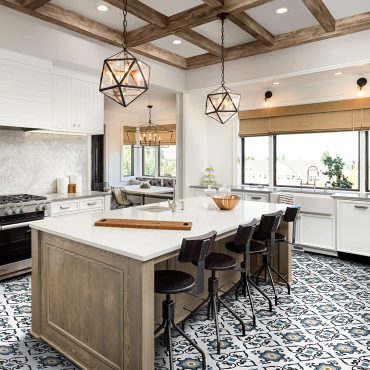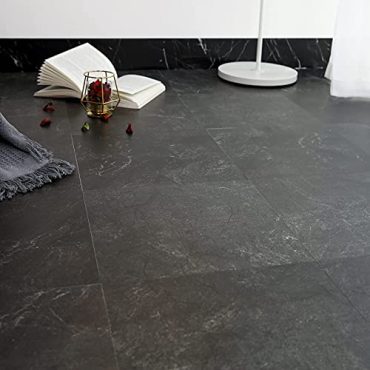Engineered wood flooring offers several advantages that make it a popular choice for homeowners. Here are some of the key pros of engineered wood flooring:
- Durability: Engineered wood flooring is constructed with multiple layers of wood, including a top layer of real hardwood. This layer provides the authentic look and feel of hardwood while enhancing the flooring’s durability. The layers below add stability and resistance to moisture and temperature fluctuations, reducing the risk of warping or cupping.
- Moisture Resistance: Unlike solid hardwood, which can be susceptible to moisture-related issues, engineered wood is more resistant to changes in humidity and moisture. This makes it suitable for installation in areas like basements, kitchens, and bathrooms.
- Versatility: Engineered wood can be installed in a variety of settings, including over concrete slabs and in areas where solid hardwood might not be suitable due to moisture or structural constraints.
- Installation Options: Engineered wood can be installed using various methods, including glue-down, nail-down, or floating installations. This flexibility allows for easier DIY installations and can also save on installation costs.
- Stability: The layered construction of engineered wood makes it more stable than solid hardwood. It is less prone to expanding and contracting due to changes in temperature and humidity, reducing the risk of gaps forming between the planks.
- Wider Plank Widths: Engineered wood flooring can often be found in wider plank widths compared to solid hardwood. This can create a more modern and spacious look in your space.
- Cost-Effective: While still providing the appearance of real hardwood, engineered wood is often more budget-friendly than solid hardwood. This makes it an attractive option for those seeking the aesthetic appeal of wood without the higher cost.
- Eco-Friendly Options: Some engineered wood products use a thinner layer of hardwood on top, making them more environmentally friendly by using less precious hardwood. Additionally, some manufacturers use sustainable or reclaimed wood for the top layer.
- Variety of Finishes: Engineered wood comes in a wide range of finishes and wood species, allowing you to choose a style that matches your design preferences.
- Compatibility with Radiant Heating: Engineered wood flooring is generally more compatible with radiant heating systems than solid hardwood. The layered construction helps to distribute heat evenly and prevent damage.
- Refinishing Possibilities: Depending on the thickness of the top hardwood layer, engineered wood can be refinished a limited number of times. This means you can refresh the appearance of your flooring over the years if needed.
- Low Maintenance: Engineered wood is relatively easy to clean and maintain. Regular sweeping and occasional mopping are usually sufficient to keep it looking great.
Overall, engineered wood flooring combines the beauty of real hardwood with enhanced durability and versatility. Its ability to withstand moisture and temperature changes, along with its ease of installation, make it a practical and attractive option for a wide range of spaces and design preferences.















